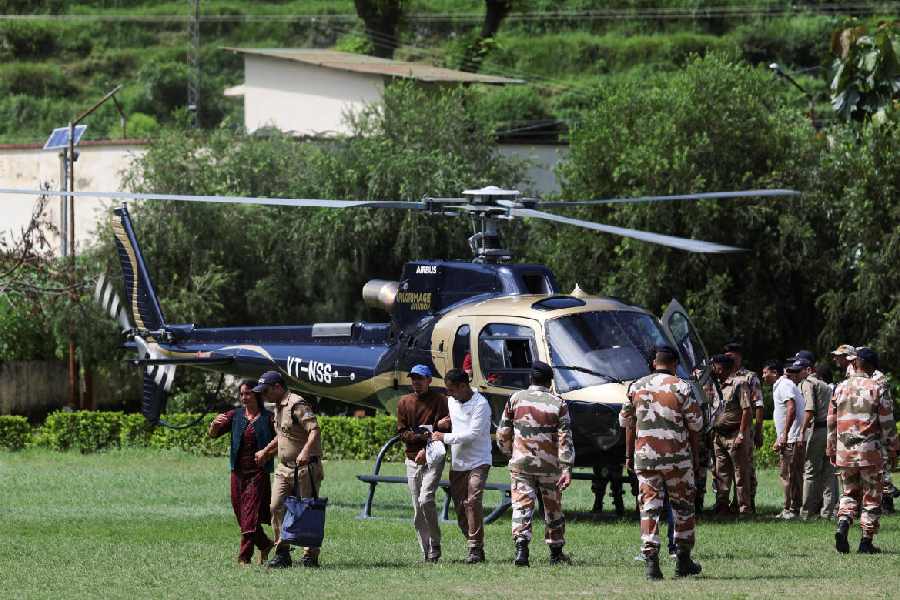 |
| An arsenic affected villager shows his hands |
Agartala, Jan. 3: Worried over the presence of the high level of arsenic in underground water in the state, the Tripura government has sought help from the water supply wing under the Union rural development ministry.
The government has also roped in experts from the Lucknow-based Industrial Toxicological Research Centre (ITRC) to tackle the problem.
Two ITRC scientists had submitted a report to the state government, in which they had confirmed the presence of arsenic in water samples collected from the eastern part of West Tripura, Kamalpur subdivision of Dhalai district, Amarpuar and neighbouring areas in South Tripura and remote areas of Kanchanpur subdivision in North Tripura.
Official sources in the Public Health Engineering (PHE) department said a part of the 3,682 samples sent to the School of Environment Studies in Calcutta’s Jadavpur University have been found to contain arsenic.
“We have now approached the Union ministry of rural development, particularly its water supply wing, to resolve the problem,” sources said, adding that ITRC has suggested periodic sampling and testing of underground water to determine the extent of arsenic contamination.
Apart from this, the state government has decided to set up 150 more iron removal plants all over the state to purify the underground water which contains a disproportionately high iron content. Altogether 70 of the 150 new iron removal plants will be set up this year.
The state already has 100 iron removal plants.
Chief engineer in the PHE department, Sunil Bhowmik, said high level of iron has been found in 85 per cent of water sources in Tripura. This is responsible for a high incidence of gastro-enteric diseases and gallstones.
He, however, said that the presence of high iron content in underground water is common in all hilly areas of the Northeast.
He said two of the state’s 13 nagar panchayats, which do not have iron removal plants attached to water treatment plants, as well as many other vulnerable areas in the tribal-dominated hilly areas would be provided with plants to ensure supply of iron-free drinking water. Moreover, 17 surface water treatment plants would be set up in different parts of the state.










